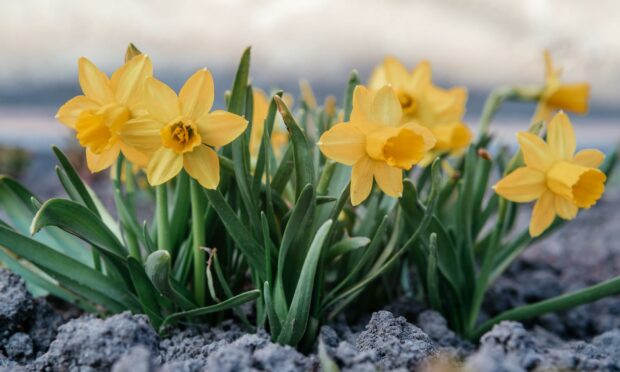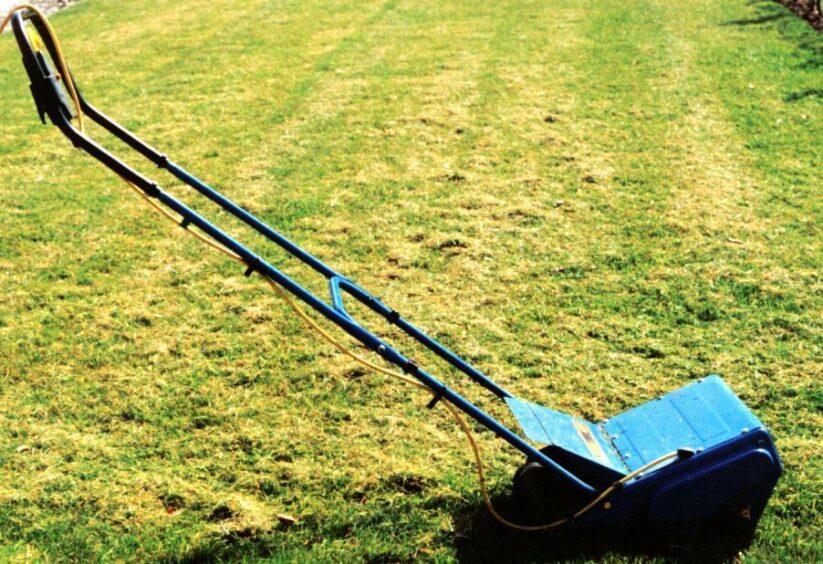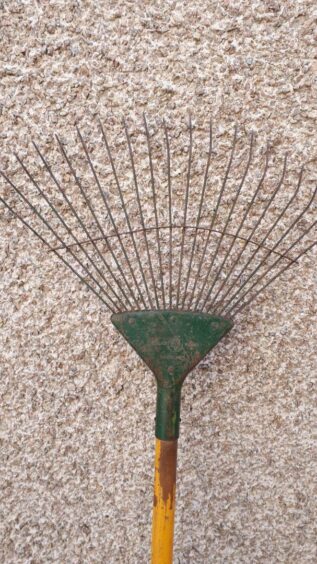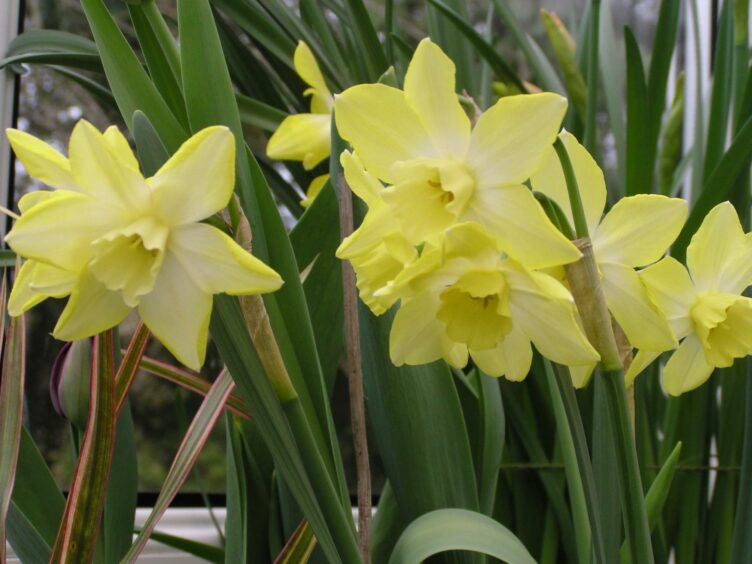You can’t say that I didn’t warn you – snow last Thursday, not much for some maybe but with it comes low temperatures to slow down the process of “warming up” the soil to allow sowing and planting to take place, especially in the vegetable garden.
Happily, however, the buds are swelling, the Forsythia is in flower and the bird feeders need replenishing almost every other day – spring has sprung!
One of the delights, which I referred to last week, following the snowdrop displays, are the drifts of narcissus appearing everywhere. Sadly it won’t be too long before the flowering period is over, BUT the plants continue to grow and there is the tedious job to be tackled, referred to as dead-heading.
It is maybe asking too much to methodically remove dead flower heads from these huge drifts of daffodils in public spaces which we enjoy so much, but in our own gardens this job should be included in the regular list of seasonal tasks for one very good reason.
Unless you have a desire to collect seeds from your daffies, in which case you might allow some of the seed heads to mature on the plants, it is advisable to remove the seed heads as soon as the flowers wither and die for the simple reason that the energy still being produced by the plants as they continue to grow will be fed back into the bulbs, ensuring their health and vigour to produce another cracking display next year.
I hope you notice, I am implying that it is NOT good practice to whack the lot down to ground level – let the leaves be, until they die down naturally.
Good weather gardening
When the weather does improve, my priority will be to tidy up the lawn and the edges.
That means scarifying and feeding but first, getting the mower on the job with the blades set to trim lightly for starters.
To scarify, you might use a spring rake going over the lawn vigorously taking out dead grass and accumulated detritus – leaves, etc, as I heard one worthy say “like gyin yer heid a guid scratch”.
I have a little mower-sized electric scarifier which does a fine job.
The scratchings, or “thatch” as it is sometimes referred to, can be added to the compost heap – bearing in mind that you must not put too much on at any one time.
Scarification
Scarifying alone will see a marked improvement in the appearance of the lawn. Having scratched open the surface slightly, you should be ready to apply a fertiliser dressing thus adding a little vigour and colour to the new grass.
Regular mowing from then on will keep the sward in good nick, but don’t spoil the picture by cutting the grass too short – it’s not a cricket wicket you are dealing with, just the outfield.
To be technical for a minute, your lawn is likely to consist mainly of Ryegrass, perhaps with some finer species like Fescues and Bents through it, unless you have been able to afford to produce a sward like a putting green on a golf course, then your lawn will consist mainly of the finer species – not Ryegrass.
No matter, to my point, the leaves are the food processing part of the plant, it’s where the agents to produce strong, vigorous growth are located. Encouraging fresh root activity by feeding will ensure a steady supply of the basic ingredients to the leaves.
Healthy green lawn
Get this balance right and suddenly you have a healthy, green lawn fit to set off your shrub and flower borders, or ready and able to cope with family activities whether it be putting, kicking a ball or simply providing a lovely setting for family picnics.
To sum up, too little drainage, maybe too much shade and too little food, will lead to having a poor lawn.
The road to producing a good lawn is time-consuming because you have to be prepared to be consistent, year in and year out.
In my view, the reward of having a good-looking lawn is worth the effort. I will certainly try to stay the course – again.
Re-wilding
As I have said quite recently, the above is my definition of a lawn, suitable for the vast majority of gardens.
Nowadays it has become fashionable to take a more leisurely approach described as re-wilding.
If you happen to have a large space around your house, I would argue that there is room for a bit of both.
However, in urban areas populated by “semis”, I can see problems occurring between neighbours where one sees a “neat and tidy” garden as something to be proud of, but “next door” fancies a bit of natural landscape with plants which ignore fences, loving to colonise what they see as empty spaces.



